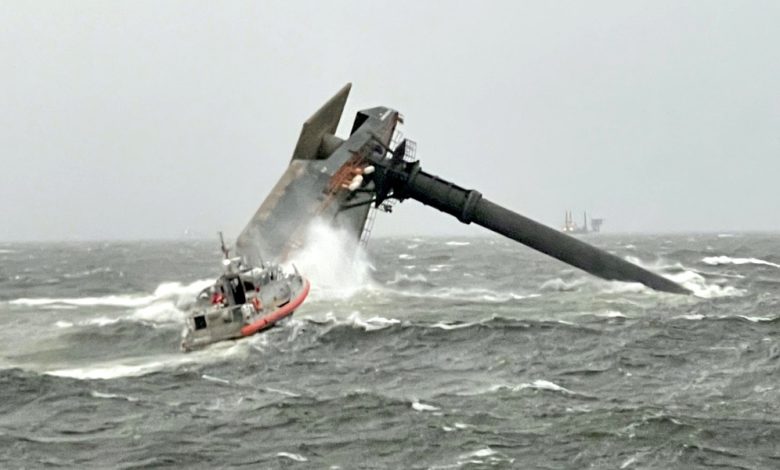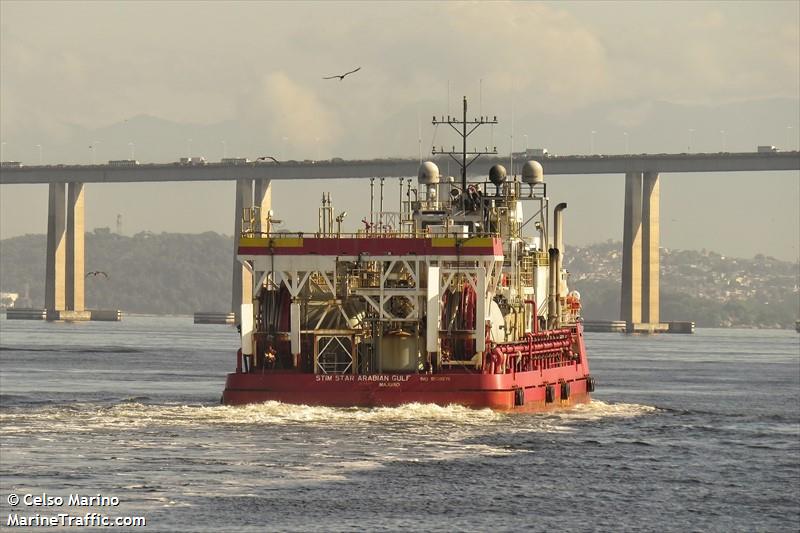
Three weeks after the Seacor Power liftboat capsized off Port Fourchon, Louisiana, the salvage operation began last week, led by the unified command established with representatives from the US Coast Guard (USCG) and Seacor Marine Holdings Inc.
The Seacor Eagle, another Seacor vessel, is now positioned alongside the liftboat as a platform for the salvage operations.
Nicole Groll, a public affairs specialist with the USCG, said the Coast Guard will act as the federal on-scene coordinator for the salvage operation, in particular for the marine environmental response. Environmental stewardship is among the USCG’s 11 defined missions. To date, she reports, there have been no impacts on the local environment and wildlife from the capsizing.
The safe removal of fuel, lube oil, hydraulic oil and waste oil – potentially up to 35,000 gallons in total – is the first priority of the salvage team. Hot tapping will be used to remove oil; this procedure involves drilling into the tanks and attaching a hose for extraction to minimize the risk of pollution. Groll was unable to estimate how long this part of the operation will take. Weather will be an important factor; if winds rise above about 15mph or waves exceed 4ft, for example, the operation will be temporarily suspended until safe conditions resume.
The unified command is developing plans to remove the boat. If possible, it will be towed to port where it will be investigated in an attempt to determine the accident’s causes.
The liftboat capsized in severe weather on April 13. Six of 19 crewmembers were rescued shortly after the incident and six bodies were recovered in the following days. Seven workers have not been found, but are presumed dead after a long search and rescue effort.

 liftboat
liftboat